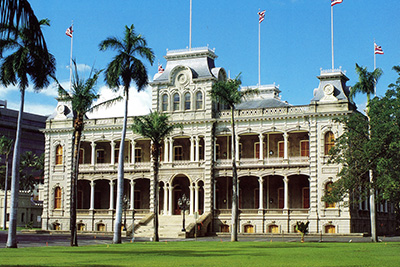Glow Worms Everywhere
In New Zealand, Waitomo Cave is more
commonly known as the glow worm grotto/cave. Waitomo is derived from two Maori
words; wai meaning water and tomo meaning cave. In the area of the
cave the Waitomo River vanishes into the hillside.
A New Zealand Mountie along with a British
surveyor discovered the cave in 1887. They rafted down the river but could only
go halfway into the cave, Two weeks later they discovered the present entrance,
and in 1889 the first public tour of the cave took place.
A glowworm is different from a firefly.
The light from a glowworm is less then that from a firefly, but multiplied by
thousands the sight is spectacular!
I learned the lifespan of the glowworm is
only eleven months, and there are four stages. First is the egg which turns to
larvae, then to a cocoon and finally to a fly. The glow comes from the larvae
suspended from the ceiling. Dangling filaments of sticky beads snares the prey. Chemical
oxidation creates the glow.
After touring the cave we boarded a boat to float quietly through the grotto
where thousands of worm larvae hung suspended from the ceiling. Picture taking
of this magnificent rainbow of color was forbidden. While floating everyone was
as quiet as a church mouse with heads turned upward to view the fantastic
glowing colors.
There was no smelly engines on the boats
as quiet electric engines guided the boats through the grotto. I could have
taken that boat ride again and again!

